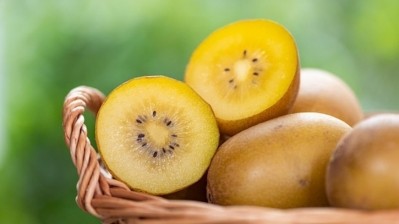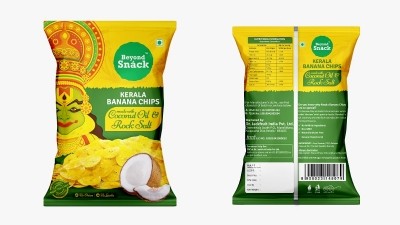Responsibility underlined: Food brands responsible for safety of end-product packaging – Japan government

It is common in Japan for the production of food packaging to be outsourced by manufacturers to businesses outside of its direct purview, a situation that has complicated past cases where food safety issues have arisen from packaging that failed to meet safety or quality standards.
In order to remove any ambiguity regarding the scope of responsibility in such cases, Japan’s Ministry of Health, Labour and Welfare (MHLW) has issued a notice that includes specific clarification of such issues, attributing responsibility directly to the food manufacturer responsibility for making the final end-product.
“Containers and packaging operations are often outsourced to other companies, but the final decision when it comes to using the packaging with a food or beverage item comes down to the food manufacturer who is usually the one who outsourced the operation in the first place,” MHLW said via a formal statement.
“In these cases, this final outsourcing company is the one what is responsible for compliance with all the necessary specifications and manufacturing control standards, including adherence to the Consumer Affairs Agency (CAA) Positive List.
“In the case that the outsourcing company is a sales-focused business that not have manufacturing facilities along the production chain and thus not involved in the final steps of producing the end-product, then it will fall to the company that manufactures the final product [to ensure this compliance].”
As an example, in the manufacture of a ready-to-drink milk coffee product, it will fall to the company that has put together the final drink as a whole to ensure that the bottle and cap used to contain the drink is in compliance with all necessary safety and quality standards, and not the company that made the bottle or the caps, or the companies that produced the sugar, milk, or coffee powder that went into the final RTD drink.
The Positive List is a list of substances allowed to be used in food and beverage packaging, and the regulations governing this in essence prohibit all other substances or materials from being used for this purpose.
“That said, the division of labour and decentralisation of the food and beverage manufacturing process has progressed significantly in recent years in order to improve efficiency, so there can be many variations to the process,” said the ministry.
“One key rule to note is that if a company is making products meant for outside of the food system such as gardening hoses, this company must not be involved in making equipment, containers or packaging that might come into contact with food.
Notification concerns
MHLW also stressed that all food packaging companies have now been mandated to submit notifications to local governments before these are allowed to start making food-related packaging.
This is a regulation that will apply across the board to packaging firms involved in container, packaging, and food utensils – and every individual food product could have multiple such firms as a result.
“If the food packaging is separated into separate individual parts [such as the bottles and bottle caps example above], each part could be made by different companies,” it said/
“It is essential for the businesses manufacturing each separate part to notify the ministry as well as comply with all the necessary standards.”



















